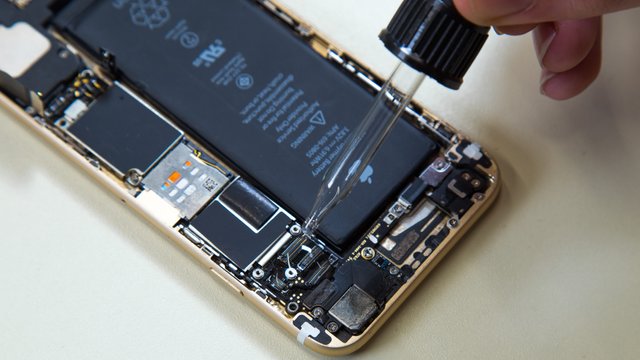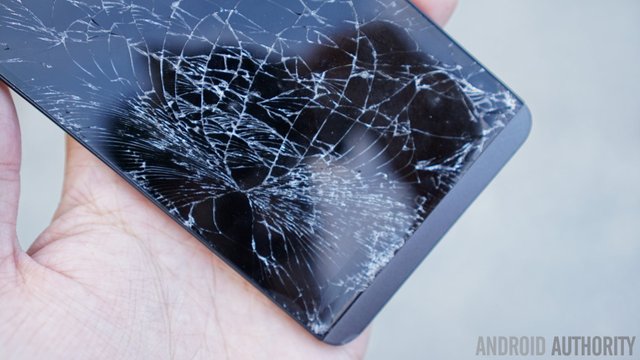Made to Be Damaged - What Do You Do With Smartphones?
There are a lot of techniques that companies can use to implement a planned aging strategy, as each company's approach differs according to its goals, product types, and ability to actually implement it without getting into trouble.
The design of the product in order to be destroyed after a certain period is the most famous - as is the case with light bulbs that are destroyed after a certain period - as for personal electronic products, some companies resort to adopting a policy of issuing a new product every year while promoting it in a way that makes it look much better than the old one. Although it does not offer many features that are necessary for an upgrade.
For relatively small devices that contain a lot of components inside, such as phones and laptops, companies may design them in such a way that it is difficult to repair or replace their basic components.
Or it may be possible to make the cost of repairing it so high that the option of purchasing a newer device is more suitable for the consumer, and although companies may have their own reasons for designing their products in this way, their clear benefit from these practices remains in doubt in the end.

Planned obsolescence with smartphones
Smartphones are considered one of the most important and widespread electronic devices over the past decade, and given that they are closely related to their operating system, this was a loophole that companies could exploit to apply planned obsolescence and push users to upgrade to the latest versions after a relatively short period instead of keeping the same phone. for a long time:
During the past two decades, and with the increasing reliance on software as a major component of many electronic devices, system updates have become a new way for companies to take advantage of them to apply planned aging in a new way, so if you have a printer from 2010, for example, you might be surprised one day that it does not work well. Or it does not work at all when using it with one of the modern computers that come with a newer operating system, and therefore the only solution at that time is to buy a new printer or an old computer to run it.
Android phones
The planned obsolescence appears to be more evident with Android phones in fact, as most companies do not support their phones for more than one or two operating system update in the best case - with some exceptions of course - and therefore many are forced to eventually upgrade in order to get the latest Features and application support that is also phasing out of support for legacy systems as well.
There is no clear evidence that companies adopt planned obsolescence through this method, as some argue that the great diversity of Android phones and the availability of cheap options makes the process of supporting updates costly for time and effort, but this short support is in the interests of companies in the end.


I think it is just a hidden agenda for smartphones companies to make their customers to patronise them more. I always believe no smartphones was created to last forever or to be immune to fault